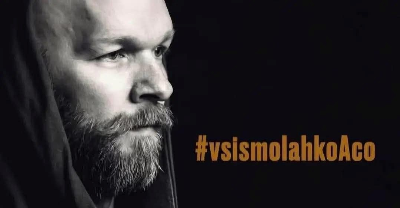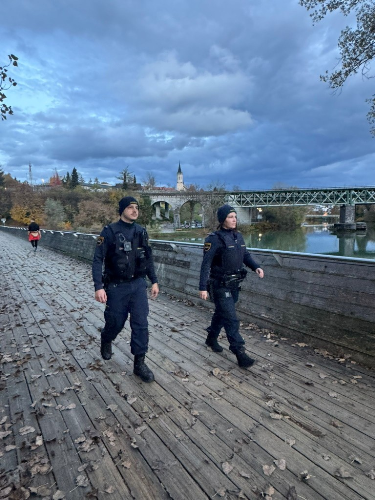
© Facebook Policijske kontrole DOLENJSKA
У Словенії розгортається політична та суспільна криза після загибелі 44-річного Алеша Шутара, побитого біля нічного клубу в Ново-Место. Чоловік прибув, щоб захистити свого сина, а за даними поліції, нападники були ромського походження. Він отримав тяжкі травми голови та помер у лікарні. Подія спричинила негайну реакцію уряду: міністр внутрішніх справ Боштян Поклукар і міністр юстиції Андрея Катіч подали у відставку. Прем’єр Роберт Голоб наголосив, що трагедія не повинна провокувати етнічну ворожнечу, та пообіцяв рішучі заходи для посилення безпеки. За офіційними даними 2002 року, у країні проживало 3 246 ромів, хоча громадські організації оцінюють їхню чисельність між 7 000 і 12 000. Ромські громади стикаються з хронічними труднощами: низьким рівнем освіти, високим безробіттям і поганими житловими умовами. У районі Нового-Места лише один із восьми ромських учнів завершує школу, а третина безробітних — роми. Правозахисники наголошують, що інцидент лише оголив давні соціальні розриви. Омбудсмен заявив, що без довгострокових рішень у сфері освіти, зайнятості та житла ситуація не зміниться. Уряд представив новий пакет заходів — «Закон Шутара». Він передбачає видалення рецидивістів із громадських місць, можливе закриття закладів, де відбуваються злочини, і обмеження соцвиплат для порушників. Хоч Закон про ромську спільноту діє з 2007 року, лише 20 із 212 муніципалітетів визнають ромів корінною громадою. Це ускладнює доступ до місцевих ресурсів і політичного представництва. Експерти зазначають, що помітних покращень у житті ромських сімей не відбулося.
Історія Шутара стала символом дискусії про безпеку та міжетнічні відносини. Хештег vsismolahkoAco («кожен з нас міг бути Ацо») поширився соцмережами, засвідчивши емоційний резонанс трагедії. Словенія стоїть перед викликом: як поєднати безпеку громадян зі збереженням соціальної згуртованості та недопущенням дискримінації цілої громади. Дискусія про інтеграцію ромів, очевидно, залишатиметься в центрі суспільної уваги.
Government crisis in Slovenia after a deadly altercation: what lies behind the tensions between communities
Slovenia is facing a political and social crisis following the death of 44-year-old Aleš Šutar, who was beaten near a nightclub in Novo Mesto. The man had arrived to protect his son, and according to police reports, the attackers were of Roma origin. He sustained severe head injuries and later died in hospital. The incident triggered an immediate government response: Interior Minister Boštjan Poklukar and Justice Minister Andreja Katič resigned. Prime Minister Robert Golob emphasized that the tragedy must not fuel ethnic hostility and promised decisive measures to strengthen public safety. According to official 2002 data, 3,246 Roma lived in Slovenia, although civil society organizations estimate their number between 7,000 and 12,000. Roma communities face chronic difficulties: low levels of education, high unemployment, and poor housing conditions. In the Novo Mesto area, only one in eight Roma students completes school, and a third of the unemployed population consists of Roma. Human rights organizations stress that this incident has merely exposed long-standing social divisions. The Ombudsman stated that without long-term solutions in education, employment, and housing, the situation will not change.
The government has introduced a new package of measures — the “Šutar Law.” It includes the removal of repeat offenders from public spaces, the potential closure of venues where crimes occur, and restrictions on social benefits for offenders. Although the Roma Community Act has been in force since 2007, only 20 out of 212 municipalities officially recognize Roma as an indigenous community. This limits access to local resources and political representation. Experts note that there has been no noticeable improvement in the lives of Roma families. Šutar’s story has become a symbol in the debate on security and interethnic relations. The hashtag #vsismolahkoAco (“any one of us could have been Aco”) spread across social media, demonstrating the emotional impact of the tragedy. Slovenia now faces a critical challenge: how to balance public safety with the preservation of social cohesion and the prevention of discrimination against an entire community. The debate on Roma integration will undoubtedly remain at the center of public attention.

©
34